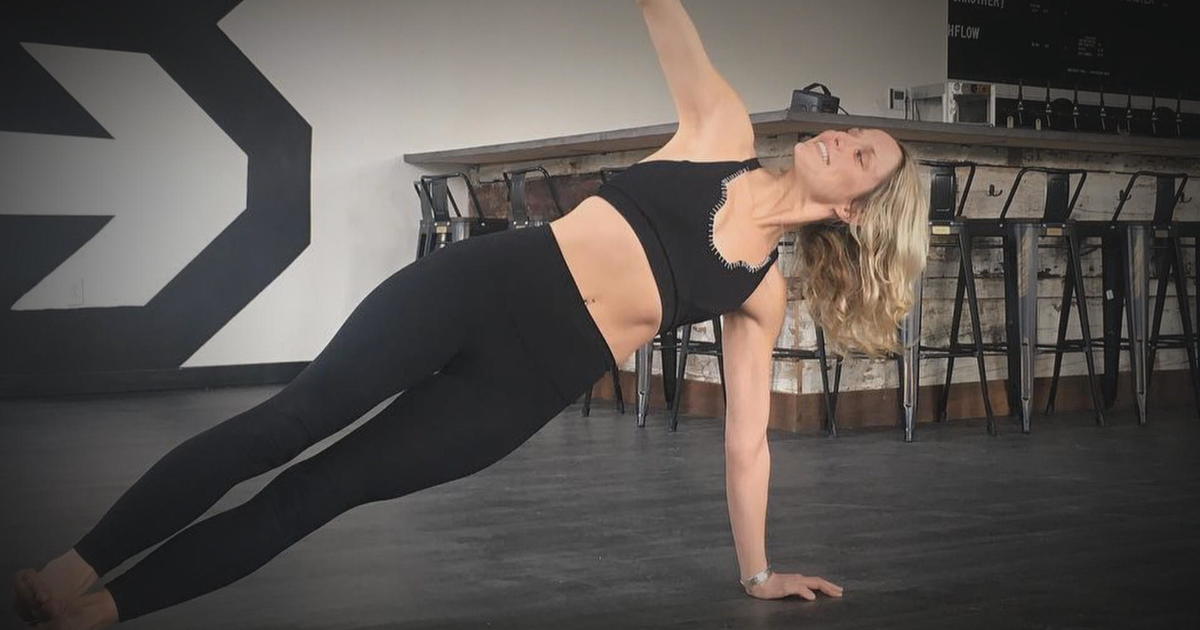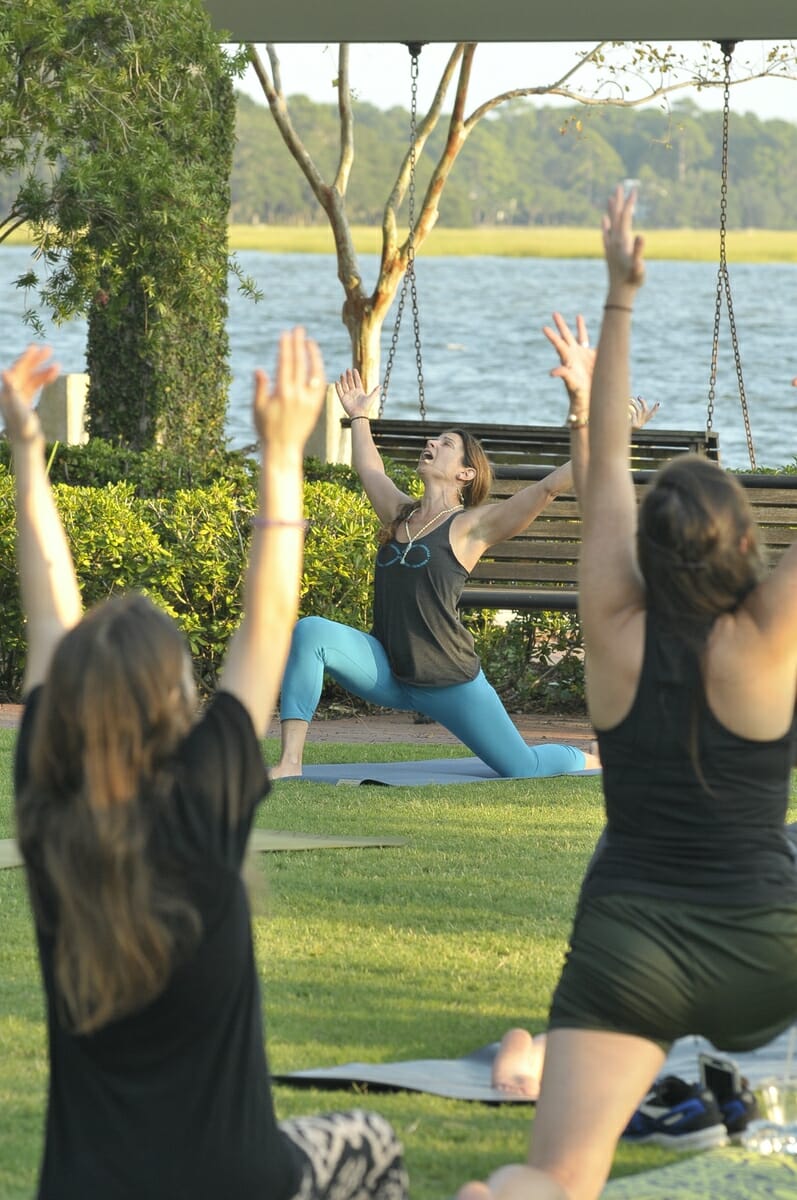

Inhale to lift chest, arms, and legs away from the mat. Coming prone on the mat, draw arms alongside the body. Place the core ball between the inner thighs, just above the knees. Focus on core engagement to keep the body weight centered. Continue to flow on this side a few times. Exhale and begin to round the spine while drawing knee toward the chest. Inhale and draw heart center forward as you lift the right heel toward the sky.

The following poses are perfect to teach balance and focus and for reinforcing posture, and will help develop the strength and stamina needed to truly build core strength in your yoga practice.įrom hands and knees, place the core ball behind the right knee. There are a number of ways to incorporate use of a core ball your yoga practice. To obtain maximum benefit from the prop, teach the pose with the prop and then perform it again without the prop, so that students can create additional body awareness. For example, when placing the core ball in between the thighs in chair pose you will want to cue activating the core as well as engaging the adductors.Ī prop is a useful tool to teach alignment and awareness. When teaching, remember to remind your students of these benefits, and also adjust your cueing to address the specific muscular activation achieved with the prop. Incorporating yoga props into your practice will give you the opportunity to access greater mobility, strength, and freedom in all types of poses. See below for a sample class that incorporates the core ball.Ĭommunicating the Benefits to your Students To facilitate this, have students place any props on the side of their yoga, mat within reach, before class begins. This will create efficient use of the prop and allow for easier transitions. It is important to sequence postures so that a prop is used in multiple poses in row. A block can be an adequate substitute for a core ball however, the core ball provides more stability challenge and therefore will engage more muscles overall. As a result, the core ball helps us to be more aware of our position and movement in space, while also providing challenge to stability and balance.Ī core ball 4 to 5 inch in diameter is ideal, especially in postures that place the core ball in between the thighs to focus on knee and hip alignment. These proprioceptors detect subtle changes in movement, position, tension and force within the body. Proprioceptors are specialized sensory receptors that relay information about motion and body position. The key to all these benefits lies in the core ball’s ability to turn on our body’s proprioceptors. And finally, it’s a great way to practice balance. Second, a core ball not only helps engage the primary muscles being used in a pose, it activates the smaller, stability muscles as well. First, it allows you to stimulate the muscles of the core-the pelvic floor, abdominals, obliques and low back muscles-all of which are essential for good posture, balance and movement control. How does a core ball do that? Several ways.
#Core yoga ballard how to#
Now, we’ll introduce the yoga core ball, create an understanding of how it can help you experience what muscle activation and dynamic tension feel like in the body, and learn how to pass this along to your students. Last month we learned what exactly “the core” is, why it’s important, and how we can create a yoga sequence that engages it most efficiently. In order to do that, we must engage the core.

We become much stronger when the whole body works in unison than when we isolate a muscle or muscle group. Yoga tells us that true strength comes from physical integration-coordinating movements in different parts of the body-and connection. Teachers Notebook: The Core (Ball) of Your Practice by Renee Harrington | Using a yoga core ball with yoga postures challenges the body’s stability, improves balance, and builds true strength from physical integration.


 0 kommentar(er)
0 kommentar(er)
